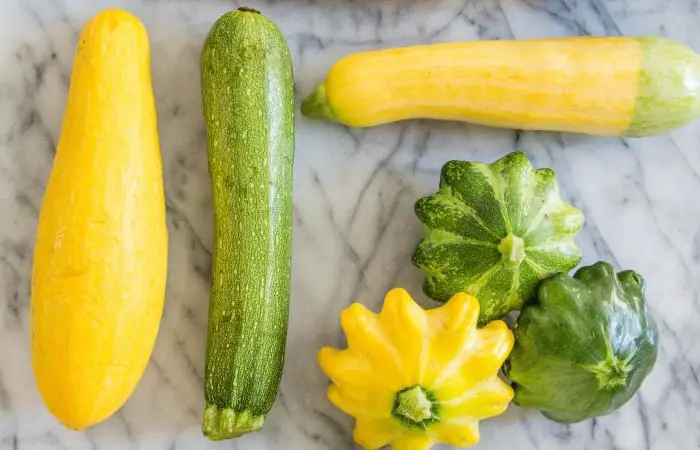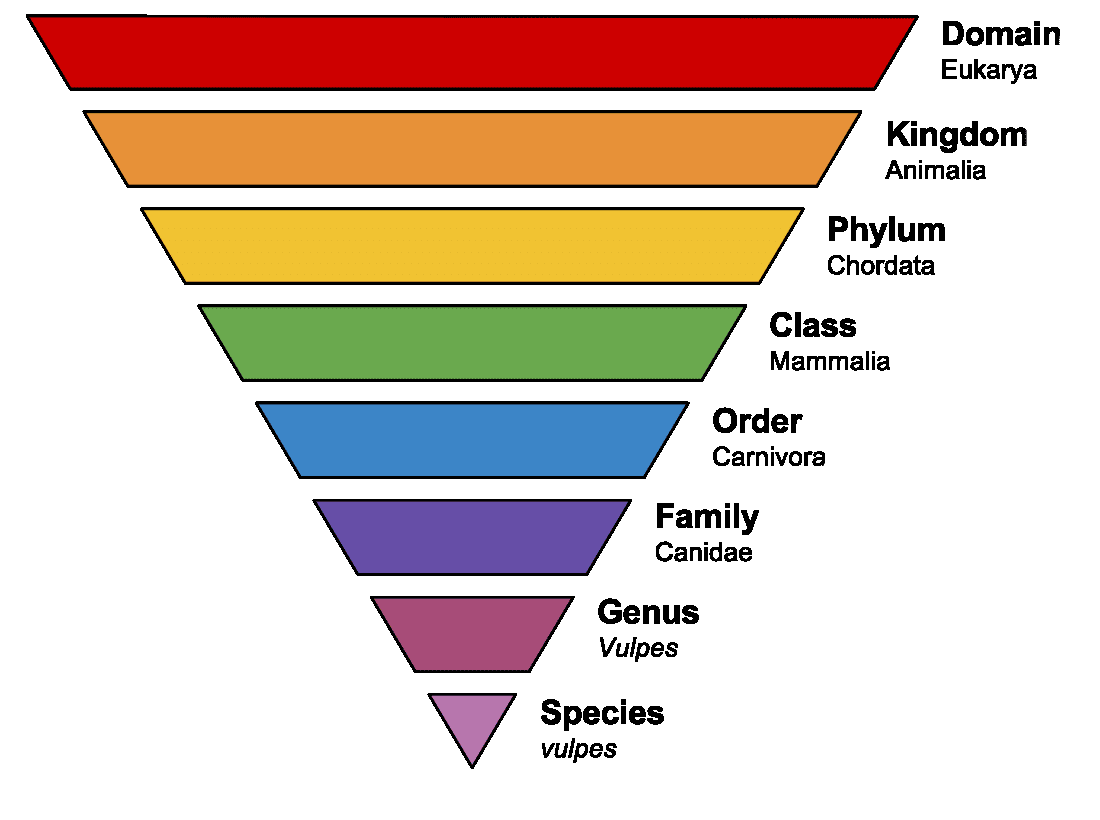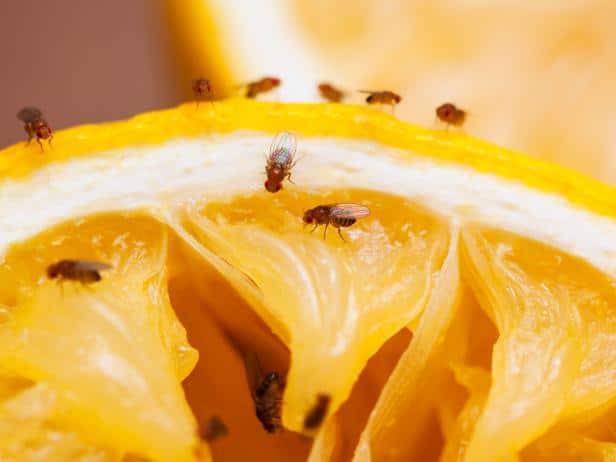Genetics plays a significant role in our understanding of how living organisms come to be as well as bettering our overall knowledge of Biology and cells. Learn more about a dihybrid cross worksheet and the role it plays in genetics.
Dihybrid Cross Worksheet: Definition, Examples, and Practice
It’s incredible to think that genetics can play a role in how we look, feel, express, and even taste things and it can also play an integral part in what kind of apple grows on a tree, as well as the cells that multiply within us. Genetics is an essential part of understanding all living things and can help us to understand Biology better overall.
Like many aspects of science, genetics is not cut and dry. Often people think they have it all figured out and then become easily confused by another factor. Dihybrid cross is a standard experiment in genetics that students of Biology will study.
We will discuss what it is and help you understand it better, so you can express, explain, and answer any of the questions when your instructor hands you a dihybrid cross worksheet.
What Is A Dihybrid Cross Worksheet?
Dihybrid cross in the “mating experiment between two organisms that are identically hybrid for two characteristics.” What’s a hybrid organism? It’s one that is heterozygous (or monohybrid), which means that it has two different genes (or alleles) at a specific point (this point is often referred to as a locus).
A significant amount of organisms, who can sexually reproduce via the sperm and egg process, have two copies of each gene, which allows them to carry two different alleles. An organism that has parts from two different “true-breeding” lines is often referred to as a hybrid.
While machines or vehicles are not living things, we can easily form a comparison to hybrids; we can also consider this concept when thinking about mixed-breed dogs that have two purebred parents, such as a Puggle or Maltipoo.
The concept and name of the dihybrid cross comes from experimenting with and observing the generations that are produced after two “pure” lines reproduce. A dihybrid cross worksheet allows us to predict how likely an offspring is to inherit a particular single trait.
How to Set Up a Dihybrid Cross Worksheet
A dihybrid cross worksheet will help to predict and determine the genotype of an offspring. It does this by determining all the possible combinations of alleles in the gametes of each of the parents.
As an example, half of the gametes get a dominant S and a dominant Y allele. The other half get a recessive s and a recessive y allele. In this case, both parents are producing 25 percent of each of the following: SY, Sy, sY, and sy.
Since each of the parents, in this case, are producing four different combinations, we must draw a four by four punnett square. We must then list the gametes from one of the parents alone one edge of the punnett square, and the gametes for the other parent along another edge of the punnett square. We will then list in each square, the alleles for the first parent, followed by the addition of the alleles from the second parent. Each combination should contain a dominant-recessive allele.
The final result will form a diagram of all of the possible combinations of genotypes for the offspring of these two parents.
Try out this method out on a dihybrid cross practice worksheet.
What is Dominant and Recessive?
The terms “dominant” and “recessive” refer to the inheritance patterns of certain characteristics. This describes how likely it is for a certain phenotype to be passed on from a parent to their offspring.
Beings that reproduce sexually via the sperm and egg process have two copies of each of their genes. Each of these copies, which are known as alleles, are slightly different and never identical. These differences can affect the rate and variation of proteins that are produced. As proteins affect traits, these differences can affect and produce different phenotypes.
Dominant alleles produce dominant phenotypes and dominant traits in people who have one copy of the allele, which comes from just one parent. In order for a recessive allele to produce a recessive phenotype, the being must have two copies, one from each of the parents. Someone that has a dominant and a recessive allele for a gene will have the dominant phenotype and not the recessive phenotype. This means that they are then considered “carriers” of the recessive allele. This is because the recessive allele is there, however, the recessive phenotype is not.
Dominant and recessive disorders can occur when a person has “broken” genes. This results in a broken code for a protein that doesn’t work properly. Since one regular copy of a gene can mask the effects of a broken gene, many disorders of this type are recessive in their single trait inheritance pattern. However, not all disease alleles are recessive.
Monohybrid Cross Example
A monohybrid cross is defined as a genetic cross mix between individuals who have homozygous genotypes, or genotypes which completely recessive, or completely dominant alleles. This results in opposite phenotypes for a particular genetic characteristic.
Following is an example of a monohybrid cross experiment performed by Gregor Mendel…
Mendel’s Dihybrid Cross Experiment

Gregor Mendel is well known for his work in the field of genetics, and he performed various genetic experiments, including the dihybrid cross, on pea plants in the late 1800s. When he performed dihybrid crosses on plants, he discovered his Law of Independent Assortment.
You might already be familiar with this law of genetics and that it refers to when two or more characteristics are inherited through reproduction, individual hereditary factors independently assort (during gamete or egg production) and give different traits an equal opportunity to occur together.
Even though Mendel was famous for experimenting on pea plants (mostly because the seeds were cheap and readily available), we can consider the dihybrid cross experiment with every living organism from the food we grow to an expanding family.
Let’s observe how Mendel’s Dihybrid Cross experiment looks.
Crossing The P Generation

Mendel chose a pea plant that was homozygous and dominant for round (RR) yellow (YY) seeds. He crossed the plant with a pea plant that was homozygous and recessive for wrinkled (rr) green (yy) seeds. Remember, homozygous is a particular gene that has identical alleles.
The notation for crossing the two pea plants is RRYY x rryy. The organisms in this first cross are the parental generation or P generation, which should make sense since they are the “parental” organisms that will be reproducing.
The direct offspring from the P generation (RRYY x rryy cross) is known as the F1 generation. All of the plants from the P generations were heterozygous and had round yellow seeds; the genotype was RrYy.
Crossing The F1 Generation: Dihybrid Cross
The dihybrid cross didn’t occur until Mendel crossed two pea plants from the F1 generation and the notation was RrYy x RrYy. The result of the dihybrid cross gave Mendel the F2 generation and a ratio of 9:3:3:1. Here’s what the ratio means:
- Nine pea plants with round, yellow seeds
- Three pea plants with round, green seeds
- Three pea plants with wrinkled, yellow seeds
- One pea plant with wrinkled, green seeds
From his findings, Mendel deduced that certain pairs of traits in the P generation sorted independently from one another, from one generation and into the next, and that there is never an equal chance of trait occurrence.
Clarifying The Difference Between A Dihybrid and Monohybrid
Until you get a solid understanding of genetics and cells, dihybrid and monohybrid can be a little confusing, even after we’ve discussed Mendel’s experiment, so let’s clarify the two.
Remember, the dihybrid cross deals with two traits and as the name suggests, the monohybrid centers around a difference in just one trait. The parental organisms are both homozygous for the trait being studied (such as color) but have different alleles for that trait.
One parental organism is homozygous dominant, and the other is homozygous recessive. The F1 generation in a monohybrid is all heterozygous (like the dihybrid cross). F2 generation is typically three-fourths dominant phenotype and one-quarter recessive phenotype.
Applying The Dihybrid Cross Experiment
Mendel’s pea plant dihybrid cross experiment is groundbreaking and helped to form genetics as we know it today, but let’s observe a few other examples…
What Are Some Examples of a Dihybrid Cross Worksheet?
Fruit Flies

If you were studying fruit flies and wanted to use the dihybrid cross experiment on them, where would you begin? Some may say that you should breed the hybrid flies together while others would recommend counting the number of each type of fruit fly you have.
The first step is to establish the lines of homozygotes. If you want your heterozygotes to breed, you have to ensure that the P generation is “true.”
In order to get a line of homozygotes, you would need to breed the lines repeatedly and select the flies that only show one allele for each characteristic in their offspring. It would be a lengthy process, but that’s the only way a dihybrid cross experiment could be successful.
Summer Squash

Ready for another example that you might find on a dihybrid cross worksheet? Let’s take a look at this problem.
Find the phenotypic and genotypic ratios for the F1 and F2 generation of summer squash. The summer squash has white fruit color (W), which has dominance over yellow fruit color (w). The disk-shaped fruit (D) has dominance over the sphere-shaped fruit (d).
What results will we have if we cross a squash plant true-breeding for white, disk-shaped fruit with a squash plant true-breeding for yellow, sphere-shaped fruit? Remember, we’re looking for the ratios of F1 and F2 generations.
The P1 geno and phenotypes should be WWDD (white, disk-shaped fruit) x wwdd (yellow, sphere-shaped fruit). To figure out your results, you’ll enter your information into a Punnett Square (you can see how this should look when you click on the genetic cross worksheet that we have listed above).
The results for the F2 generation ratios will form the following:
1:2:2:1:4:2:1:2:1 genotypic ratio (look at the details below)
- 1/16 will be homozygous dominant for both traits (WWDD)
- 2/16 will be homozygous dominant for color and heterozygous for shape (WWDd)
- 2/16 will be heterozygous for color and homozygous dominant for shape (WwDD)
- 1/16 will be homozygous dominant for color and homozygous recessive for shape (WWdd)
- 4/16 will be heterozygous for both traits (WwDd)
- 2/16 will be heterozygous for color and homozygous recessive gene for shape (Wwdd)
- 1/16 will be homozygous recessive for color and homozygous dominant for shape (wwDD)
- 2/16 will be homozygous recessive for color and heterozygous for shape (wwDd)
- 1/16 will be homozygous recessive for both traits (wwdd)
9:3:3:1 phenotypic ratio (look at the details below)
- 9/16 will have white, disk-shaped fruit
- 3/16 will have white, sphere-shaped fruit
- 3/16 will have yellow, disk-shaped fruit
- 1/16 will have yellow, sphere-shaped fruit
The Offspring of Made-Up Creatures
Let’s take a look at one more example for variety (and practice).
Imagine a made-up creature that has yellow eyes and green fur. We can assume that both creatures are heterozygous for yellow eyes and green fur, let’s find out the genotype and phenotype of the creature’s offspring; Yellow eyes are E, and green fur is F. The recessive traits are red eyes (ee) and yellow fur (ff). What is the chance that the baby will have red eyes and yellow fur?
First, we need to find the genotype of the parents. Remember that they are heterozygous, which means the genotype is Ee for the eyes and Ff for the fur.
After you form your Punnet Square, you should list every possible combination: E-F, E-f, e-F, e-f. If you’ve filled out your square correctly, there’s a one in 16 chance that the creature’s baby will have red eyes and yellow fur because only one box equals the combination eeff.
As you can see the summer squash problem is a little more complex and time-consuming than Mendel’s pea plant (and the made-up creature is a little bit silly), but with practice and the right information, you can complete any problem on a dihybrid cross worksheet with relative ease and determine the likelihood that certain cells and traits will be produced in an offspring.
Practicing Dihybrid Cross Worksheets
A simple search in Google will bring up many different practice worksheets to help you build upon your skills of creating a dihybrid cross worksheet of your own. Many of these practice worksheets will include a dihybrid cross worksheet answer key so that you can practice yourself and be sure that you are doing them correctly.
Practicing will ensure that you are ready to answer any questions that your college or university professor may have for you regarding a dihybrid cross worksheet.









